Gooptus of Middleton – First Native family to move to Calcutta’s ‘White Colony'—GetBengal story
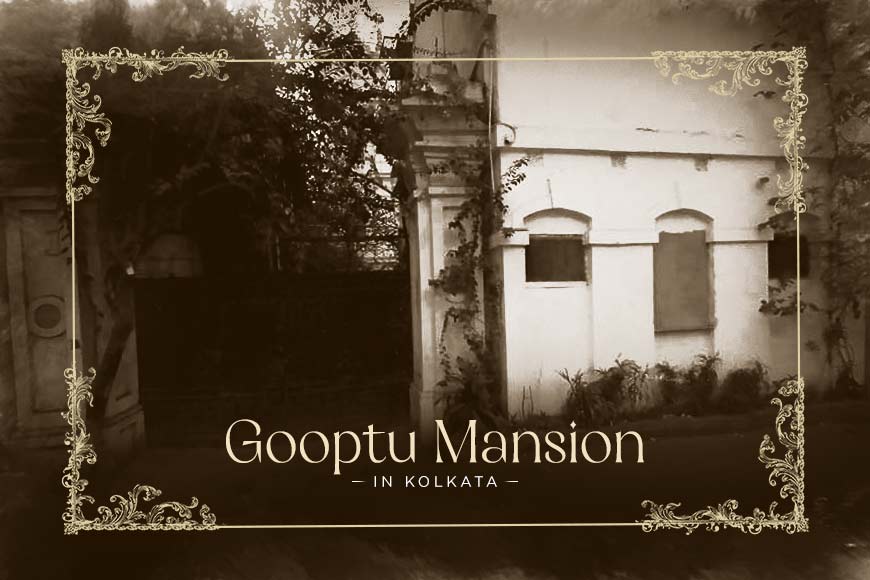
"What’s in a name?" comes from Shakespeare's play "Romeo and Juliet," where Juliet argues that a name is artificial and meaningless. The bard was always more interested in human nature.
During the British Raj, Bonedi Bengalis often opted to anglicize their surnames, influenced by their European rulers. For instance, Banerjee became Bonerji, Mitra transformed into Mitter, Bose changed to Bhoshe, and even Gupta took on the form of Gooptu.
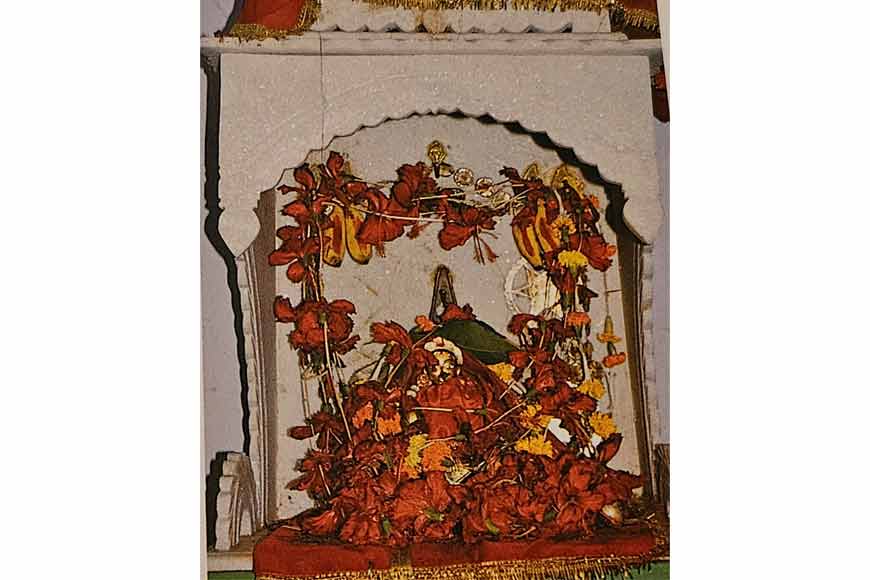 Garlanding the deity with fresh flowers is a daily ritual
Garlanding the deity with fresh flowers is a daily ritual
Dwarka Nath Gooptu, a qualified doctor and surgeon in the 1830s, was a rare find, as 'Native' doctors trained in European medicine were scarce. The Hindu Bengali population viewed studying medicine as taboo due to the requirement of dissecting dead bodies in the curriculum. However, Dwarakanath Gooptu had a modern outlook. He introduced several changes in his household, especially in the house he purchased from the British on Middleton Row.
Around 1838, Dwarka Nath Gooptu became a prominent doctor and was appointed, among other positions, as a doctor to the East India Company. He invented a mixture that helped treat various diseases, including malaria, and due to his connections with the British, this potion was successfully marketed in Africa. As a result, the Gooptus amassed a huge fortune and began purchasing properties across Kolkata, from Grey Street to entire Middleton Street, Rashbehari Avenue, and even Strand Road. Middleton Street was then known as the European quarters or the 'White Colony.' Therefore, a native doctor moving into that area caused quite a stir at the time.
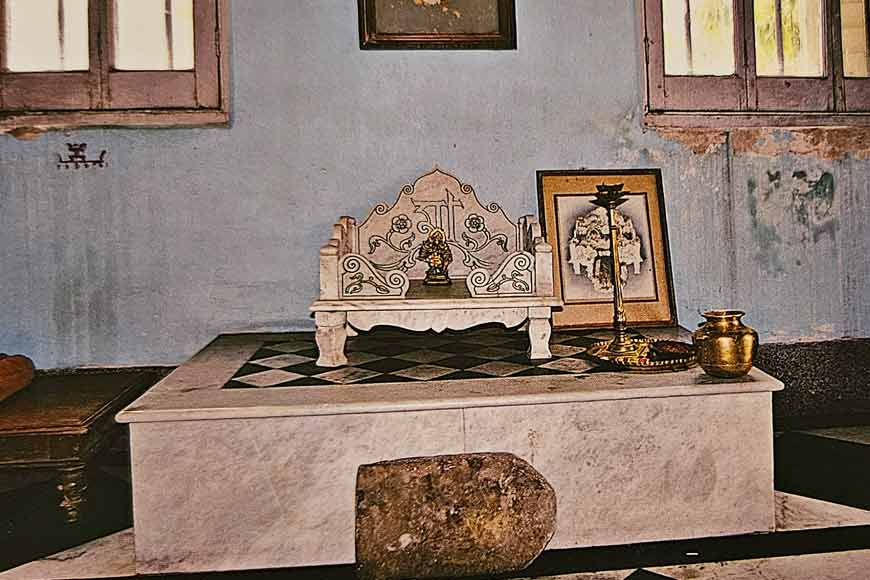 Special marble altar of the Gooptu family deity when ' in residence'
Special marble altar of the Gooptu family deity when ' in residence'
Dr. Dwarkanath Gooptu was one of the earliest practitioners of Western medicine in Calcutta, having graduated from Bengal Medical College. He was among the first Vaidyas (traditional Indian physicians) trained in Western medicine. At the young age of twenty-two, he founded Messrs. D. Gooptu and Co., which became one of the most successful business enterprises in British India. He was also a favourite student of David Hare and received his education under Hare's care at the Hare School in Calcutta. When the Medical College of Bengal was established in June 1835, he was admitted as one of the first four foundation students. He assisted Madhusudan Gupta in conducting the first human dissection in modern India and Asia.
In 1840, Sir William Brook O'Shaughnessy, the then professor of chemistry at the Medical College, wrote the first indent of Messrs. D. Gooptu & Co. The firm owned the first known dispensary of English drugs in India, which was started by a Bengali doctor. The business grew rapidly in the succeeding years, and in 1871, D. Gooptu became the sole proprietor of the company, carrying it on until 1882 when he passed away. He left the business in the hands of his three sons, who continued it until 1913 when the second son, Mr. R C Gooptu, died. The flagship product of the company was the patented anti-periodic mixture, commonly known as ‘D. Gooptu Tonic,’ which was prescribed for all kinds of fever and malaria. It had one of the largest sales among patented medicines in British India.
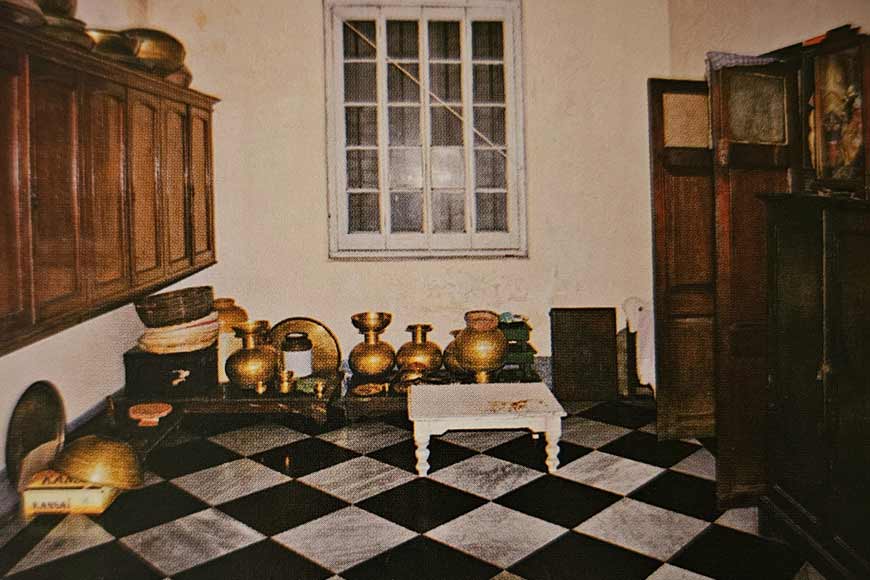 A room for the Gooptu's family deity
A room for the Gooptu's family deity
Today, Middleton Street and its vicinity have transformed into a bustling commercial hub, with apartments and shops encroaching upon the once-grand Gooptu Mansion, built in the early 19th century. The driveway, once a symbol of the mansion's grandeur, is now crowded with street stalls. However, the rows of vintage cars in the narrow lane still serve as a reminder of the Gooptu house's historical significance and the pride it once held.
The Gooptu Palace House was built as a blend of Indian and European styles, featuring classic Roman columns alongside Calcutta's iconic green shutters. Originally belonging to Bishop Middleton, who later moved to St. Paul’s Cathedral towards the end of the 19th century, the house became available in an area known as the ‘White Town.’ Despite having an ancestral home in North Calcutta, the Gooptus chose to move to Middleton Mansion because Dwarakanath, being a doctor, faced ostracism from society. Moving to Middleton Mansion allowed him to be accepted among the European society, where he was renowned as a well-known surgeon. He was, in fact, the first Indian to reside in the White Quarters, causing such a stir that newspapers published the news, and there was widespread protest from the Native community.
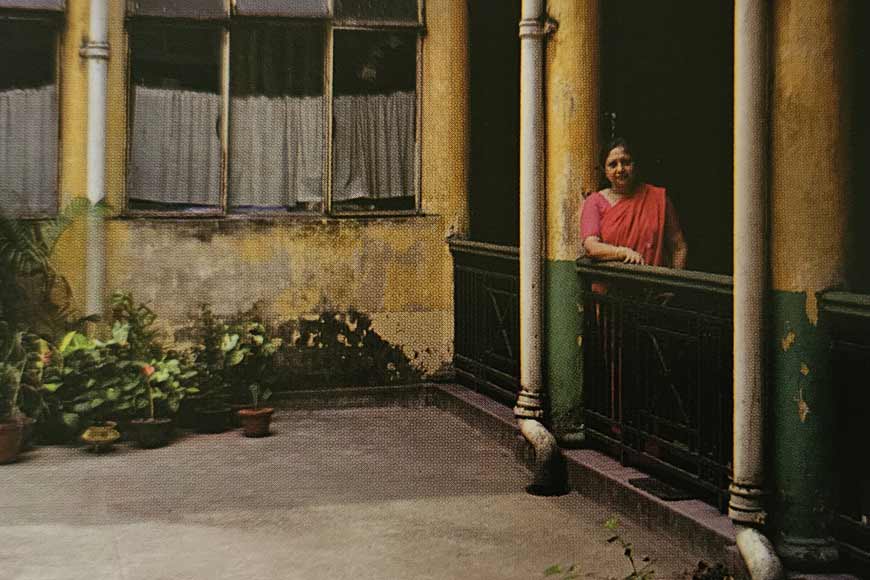 Unique upper level courtyard for women in Gooptu's home
Unique upper level courtyard for women in Gooptu's home
The house's uniqueness lies in its open and bright courtyard on the 2nd floor, unlike the typically dark courtyards in Indian houses meant to keep women hidden. Dwarakanath's wife, a progressive woman, decided to have an open courtyard on the 2nd floor, where women could hold their gatherings (adda sessions) without the need to hide from the male gaze.
The rooftop of Middleton Palace boasts a series of marble rooms, where the family keeps their deity, Goddess Lakshmi, alongside a collection of antique timber cupboards and copper and brass kitchenware. The deity was brought by one of the ancestors from the family's village, where they once resided. In Middleton Palace, the hand-sized deity has a special marble altar and is worshipped daily at sunset. During the rest of the day and night, the deity is treated like any other family member, provided with a bed to lie on, complete with a mosquito net and velvet quilt.







.jpg)


